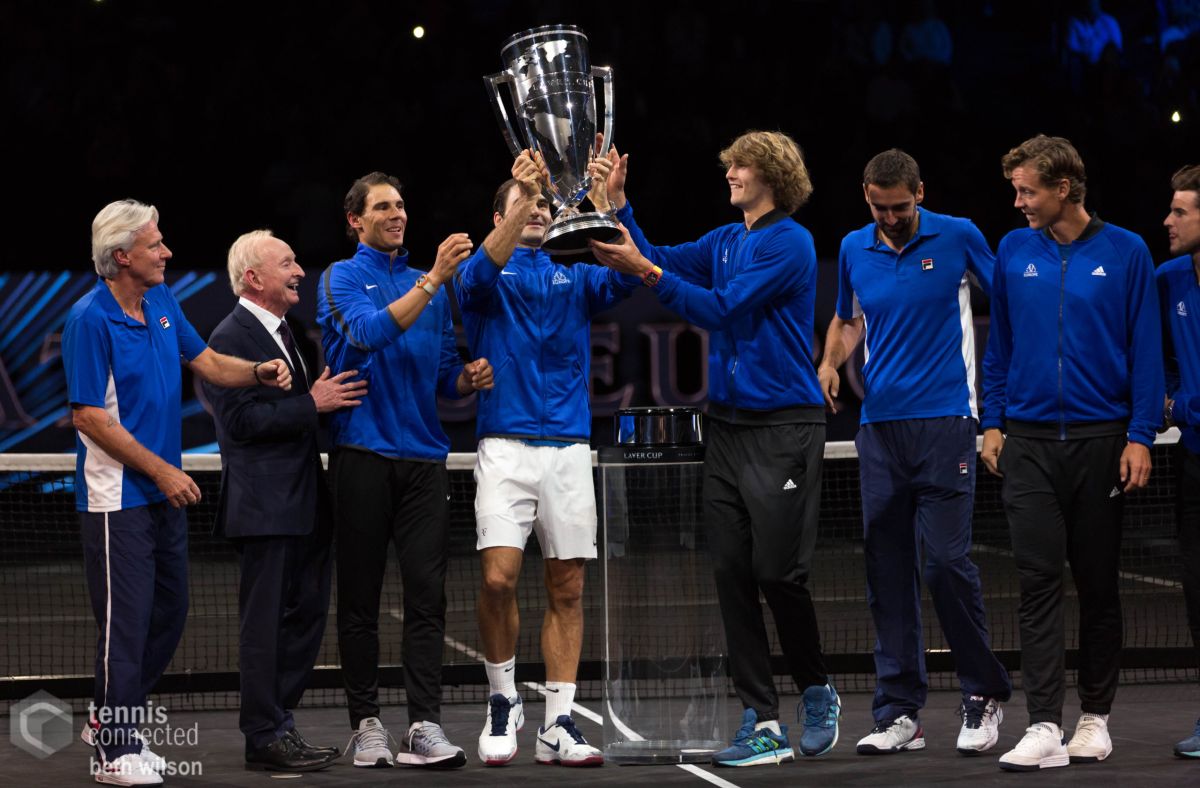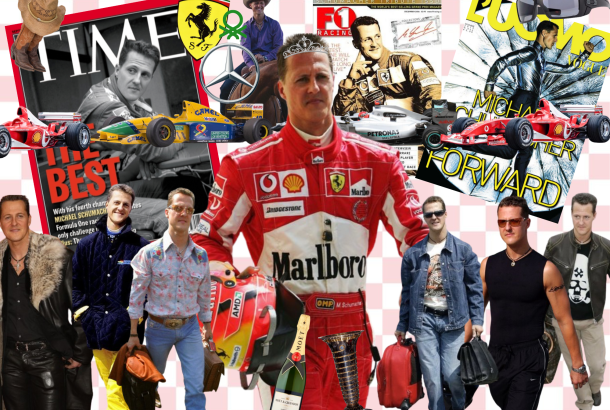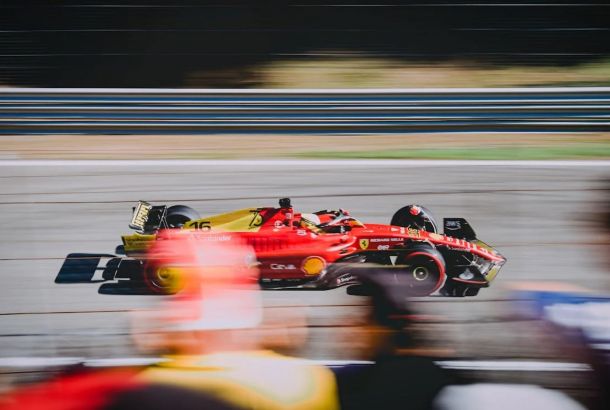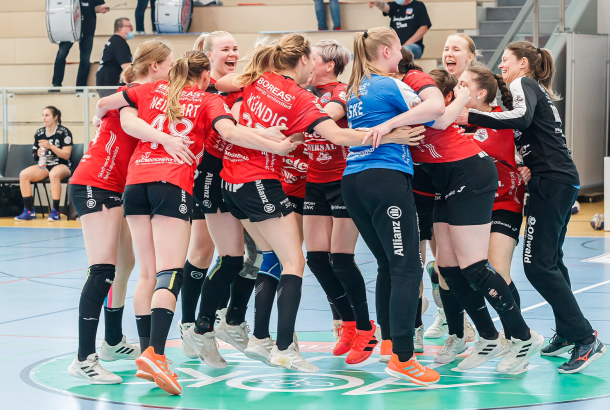Laver Cup: A flawed format?

Envisioned by Roger Federer and his management company, Team8, the Laver Cup was introduced to provide a breath of fresh air from the arduous, eleven-month, men’s tennis calendar. Named after Australian legend Rod Laver, the competition utilises a team-based format, with Team Europe (captained by Bjorn Borg) competing against John McEnroe’s Team World. Akin to golf’s Ryder Cup, the event brings together six of Europe’s finest players, competing against six of the best the rest of the world has to offer.
The main attraction of this format is placing rivals, who spend the majority of the season competing against each other, in a team environment and witnessing the camaraderie that develops. In one of the Laver Cup’s most memorable moments, the event brought together arguably the sport’s most prolific rivalry: Roger Federer and Rafael Nadal playing on the same side of the net for the first time in a competitive environment. The unique spectacle of two legends of the game partnering with each other in doubles captured the world’s attention. It also managed to showcase the event’s ability to raise the sport’s profile.
Since its inaugural edition in 2017, the Laver Cup has generated captivating match-ups, giving talents such as Nick Kyrgios and Jack Sock, who don’t feature as regularly on the main tour, a platform to entertain and showcase their ability. In doing so, the tournament has proved a commercial success, appealing to a wide scope of audiences. The Laver Cup is an exciting concept with the potential to increase the sport’s popularity, however, throughout its four-year lifespan, some concerning patterns have begun to emerge, threatening the event’s longevity, and possibly tennis itself.
Prior to the 2021 Laver Cup, the three previous iterations of the tournament saw Team Europe triumph over Team World on all three occasions, with Europe winning by narrow margins in closely contested ties. However, in the build-up to last month’s event, Team World’s prospects were handed a significant boost after it was announced that Europe would be without Nadal, Federer, Dominic Thiem, and Novak Djokovic, the most dominant players of the last four years. McEnroe acknowledged the golden opportunity this news presented for his team to end their drought and win the Laver Cup for the first time.
Unfortunately for McEnroe and Team World, they were unable to capitalise on their chance as Europe sealed their heaviest Laver Cup victory to date, humiliating Team World with an emphatic 14-1 victory. The third and final day of the event is the Laver Cup’s top-billed and most expensive ticket. However, following Team World’s lacklustre performance, only one of the four scheduled matches was required for Europe to reach the thirteen point threshold to secure victory. This sparked outrage amongst fans and spectators who felt underwhelmed and short-changed at the way the tournament unfolded.
This year’s Laver Cup highlighted the prevailing issue of how Eurocentric men’s tennis has become. Alarmingly, Team World’s highest-ranked player Felix Auger Aliassime was still ranked below all six members of Team Europe. Men’s tennis peaked in popularity throughout the 1970s and 1980s when a healthy balance between Europeans and non-Europeans existed at the pinnacle of the game. However, since the 1990s, where American players began to dominate the sport, and the turn of the century when the current period of European dominance began, tennis’ growth has stagnated.
The last non-European to reach the world number one ranking was Andy Roddick in 2003. Since Juan Martin del Potro in 2009, no player outside of Europe has won a grand slam title. Although the quality of tennis on display has never been greater, the popularity of the sport is experiencing a sharp decline. For tennis to flourish, the sport must appeal to a wide, varied, global audience. This will only occur if the almost two-decades-long trend of European dominance ends, and exciting players from the rest of the world begin to emerge.
The premise behind the Laver Cup’s inception was to introduce a new and exciting format to tennis in hopes of increasing the sport’s appeal and popularity; to an extent, the event has achieved this. However, the tournament’s format has placed a spotlight on tennis’ large gap between Europe and the rest of the world. Unless this gap can be addressed, tennis will continue its trend of stagnation.
The next generation of tennis players possesses a healthy mix of international talents and has the potential to end the geographical imbalance in the game. For now, Europe continues to hold a firm and dominant grasp over men’s tennis, which this is reflected in the Laver Cup.







